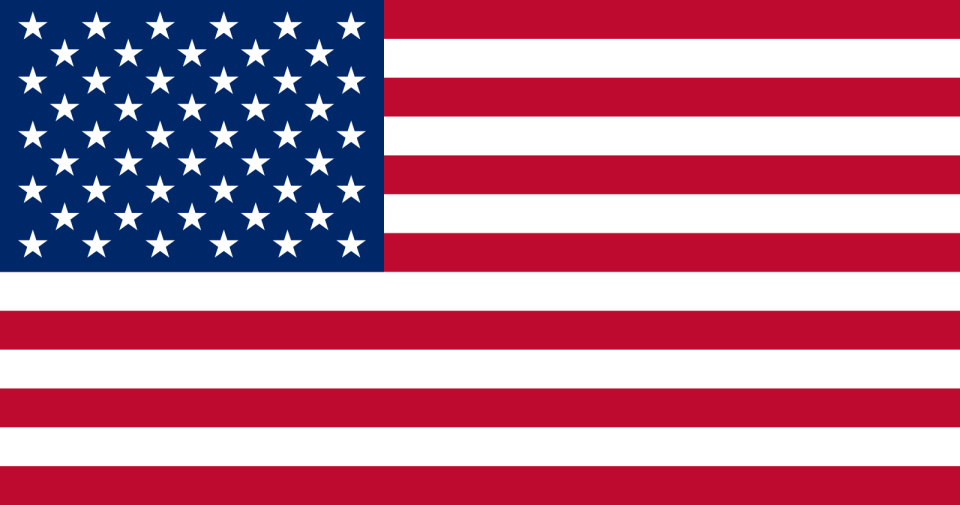KUALA LUMPUR: The side effects of the persistent raising of the interest rate by the US Federal Reserve System (the equivalent of America’s central bank, popularly and affectionately known as the Fed), or more precisely by its Federal Open Market Committee, are slowly emerging and making the rounds both in the US domestically and overseas.
At least two US banks, one focused on the high-tech industry and the other supposedly more crypto-related, went belly up last weekend, sending some tremors across the US and by extension the global banking sector. The main reason for their closures was supposed to be at least indirectly attributable to the Fed’s rate hikes.
Apparently, the Fed’s gradual upping of the interest rate it charges financial institutions for short-term loans, from a historic low of zero barely a year or so ago to around 4.5 percent now — with seemingly more room to grow in the near future — while intended only to fight the still mounting US domestic inflation, also had its unintended casualties.
Well, perhaps somewhat unintended. For one, it is only to be expected that as interest rate increases emanate from the Fed and propagate to the wider financial sector, it will become more costly for businesses to borrow capital from financial institutions to expand their commercial endeavors and thus revitalize the economy. At the same time, consumers with disposable income would also deposit it into financial institutions to enjoy the higher interest rate paid to them, instead of spending it on the open market which would have stimulated the economy. The result of this double whammer brought about by the Fed rate hike would then be to dampen economic growth. This is the costly price the greater economy would have to pay for the Fed’s rate hike effort to bring down what it perceives as runaway inflation.
And let me be blunt, the Fed is manifestly obsessed with bringing down inflation. This was probably due to America’s painful double-digit inflation suffered during the 1970s as the then global energy crisis raged on. The Fed admittedly does not intend to bring inflation down to zero or even into negative territory, for that would also hurt the vitality of the economy significantly. The Fed recognizes that some degree of inflation or price hike is needed for businesses to have the motivation to expand their commercial activities. And the Fed set this “optimal” inflation rate to be 2 percent. The Fed would try its best, typically by raising or lowering interest rates, to maintain the US inflation rate at around 2 percent. As the current inflation rate is still significantly higher than this “magic” figure favored by the Fed, it is almost inevitable that the Fed will continue to raise the interest rate.




